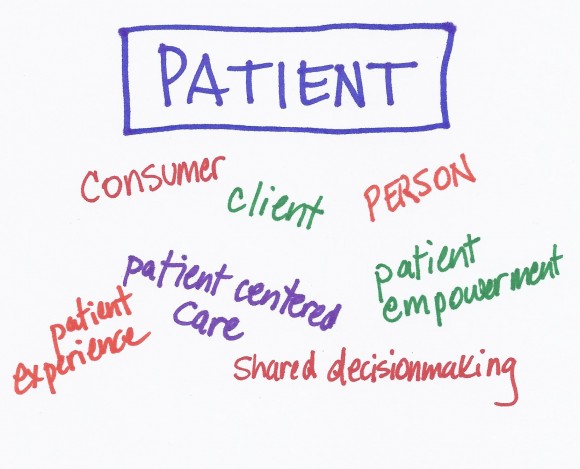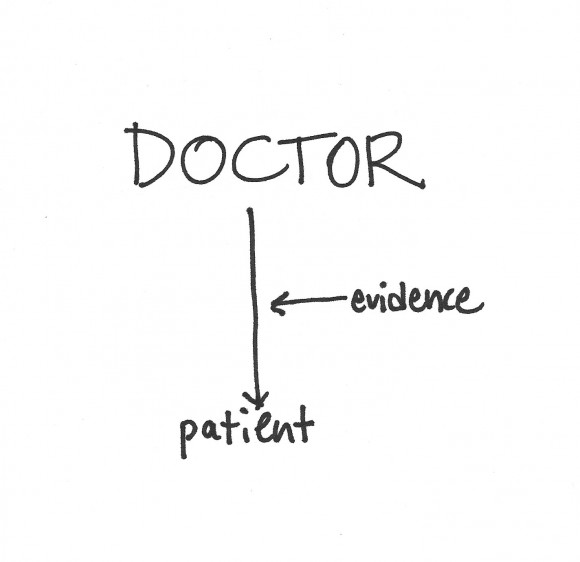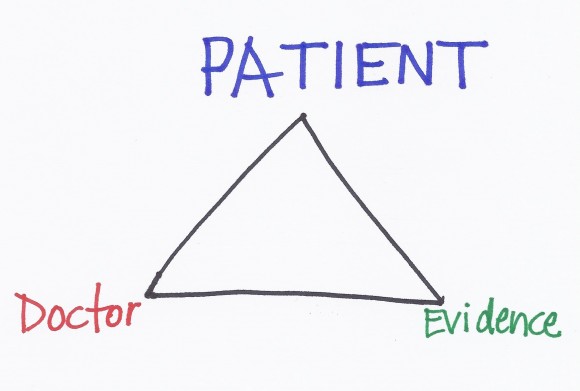The Patient
 When I was a child, my parents were very friendly with their doctor who was an internist (someone who did medical training in internal medicine or general medicine for adults). Because he was a family friend, he agreed to start seeing me as a patient when I was about 12 years old. He was warm and friendly and took a long time to talk with me in his office before examining me. He did very few tests and almost never drew my blood.
When I was a child, my parents were very friendly with their doctor who was an internist (someone who did medical training in internal medicine or general medicine for adults). Because he was a family friend, he agreed to start seeing me as a patient when I was about 12 years old. He was warm and friendly and took a long time to talk with me in his office before examining me. He did very few tests and almost never drew my blood.
I remember those days fondly but they are long gone. My childhood doctor had far fewer tools at his fingertips and far less medical knowledge than we have today. Patients had very little access to the scant medical literature that was available. We put our trust in our doctors because they knew more than we did.
Welcome to Care Triad

Healthcare is in the midst of a revolution. Our current healthcare system was designed for a simpler time when the doctor had all the power – understood the minimal evidence about what worked and what didn’t – and the patient was told what to do. Times have changed. The amount of new research published every day is staggering and no person could possibly keep up with it. Furthermore, the research has shown that there is often no single right answer to a medical problem – what is right for one patient may not be right for another. We’re also seeing remarkable advances in medical technology, social media, genomics and medical knowledge. Patients now have instant access to the original research and to other patients like them around the world. We need to rethink the way we design and administer healthcare to reflect the new alignment of the key elements of healthcare – the patient, the doctor and the evidence.

Optimal care today requires that the doctor, patient and evidence play more balanced roles – I call it the Care Triad. I put the patient at the top of the triangle because the patient is the most important person in making healthcare decisions. Because most healthcare decisions do not have a correct answer, the patient needs help from the doctor (using his or her experience) and the evidence (data about what really works) in order to make the best personal decision.
How do we pick our doctor? How do we know if the evidence is reliable? How do we make an informed decision? I’ll write about all these things. I’ll write about how the Care Triad is relevant when we are well and when we are ill, when we are at the beginning of life and the end of life. I’ll also write about the many factors that influence the Care Triad – communications, technology, social media, community, business processes and more.